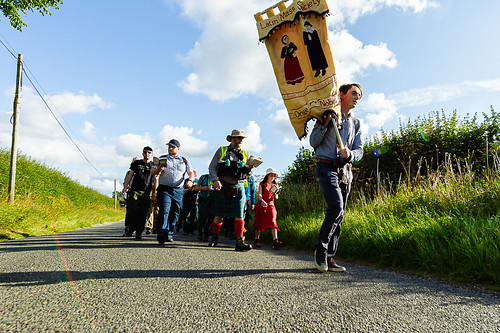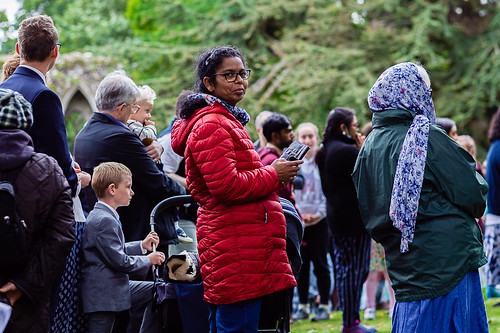Another Traditionalist
Classic from Angelico is Fr Houghton’s autobiographical Unwanted Priest. With
this the publisher has secured a first, however, for although it was published
in French in 1990 (as Pretre rejeté), the English version never made it
into print.
This has now been put right, and Houghton’s
life story is available in both languages. It is a fascinating one. The son of
Protestant English parents, he had much of his education in France, and became
a Catholic as a young man. He had independent financial means, and consistently
used this to further the apostolates he was given as a priest. While working
for Northampton Diocese, he was respected as an intellectual and also elected
Dean by his brother priests. Nevertheless, he was the only priest in England
and Wales to resign from his position rather than celebrate the Novus Ordo
Missae, in 1969. He spent his
remaining years in France, where he supported an early Latin Mass apostolate,
with the tacit permission of the local bishop, in a privately owned chapel. He
wrote two novels well worth reading: Mitre and Crook and Judith’s
Marriage, and died in 1992.
Fr Houghton’s description and analysis of what
was going on in his lifetime are sober and perceptive. He distances himself
from Archbishop Lefebvre, but is merciless in his assessment of the progressive
faction which led the changes to the liturgy and went on to attempt a
revolution in the conception of the priesthood.
Like Tito Cassini [author of Torn Tunic], Fr Houghton was particularly
sensitive to the experience of the laity, and understood the laity’s mode of
engagement with the liturgy as few priests of his generation did. Unlike them,
as a convert he had been an adult Catholic layman himself: seminarians of that
time typically went from one enclosed Catholic institution, a school, to
another, the seminary, at a very young age. The laity, Fr Houghton realised,
did not participate in the Mass despite the Latin and the obscurity:
rather, the sacredness evinced by the ancient Mass created a setting for them
to engage in contemplative prayer.








